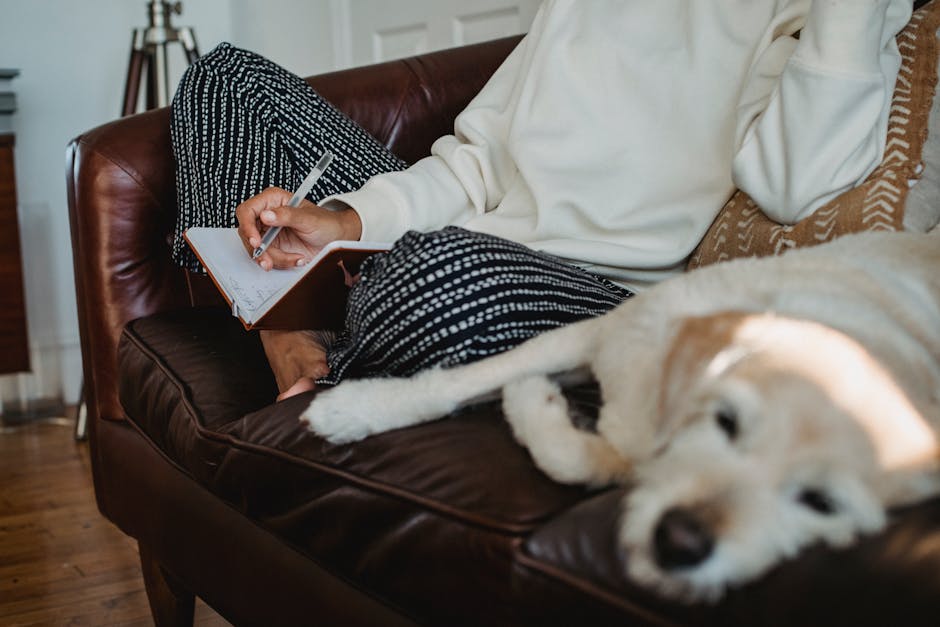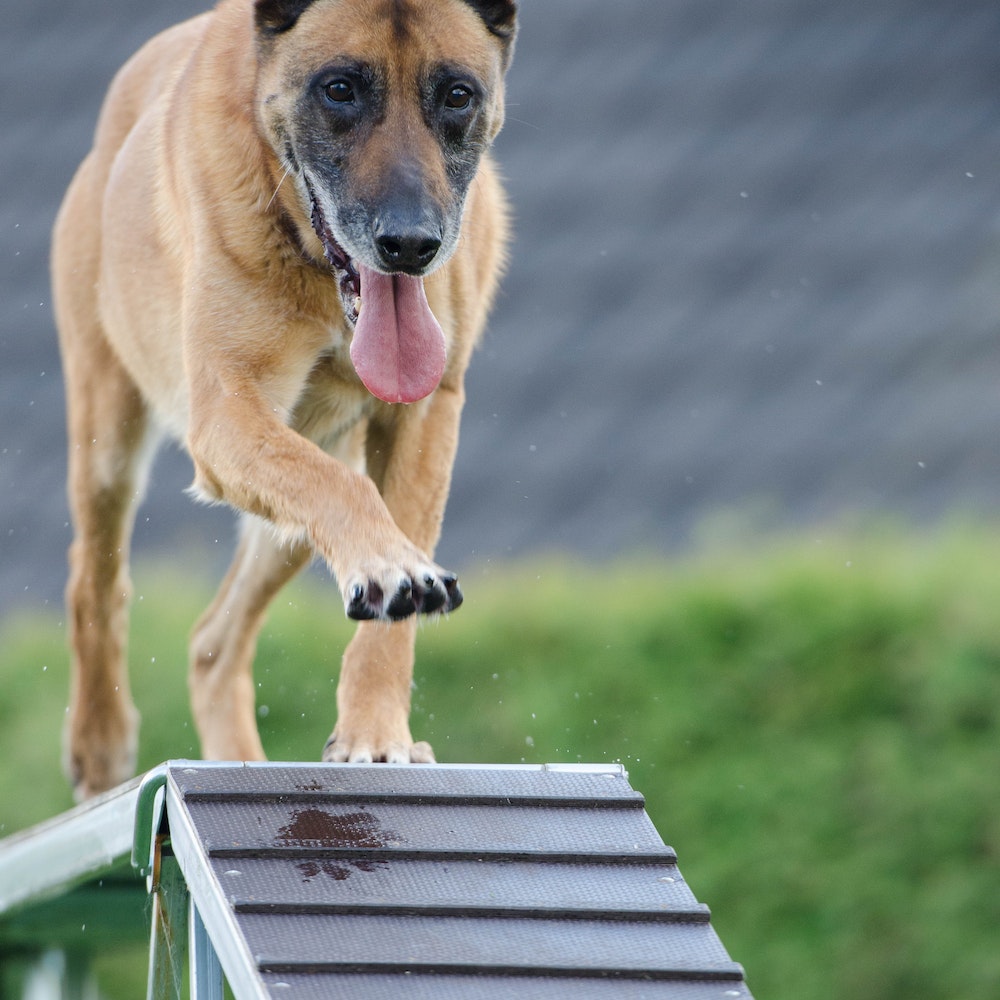How Do Dog Training Classes Work
Recent developments in dog training have shifted our focus away from using rewards with every command to teach them new behaviors and towards creating dogs that learn by repetition, consistency, and Recent developments in dog training have shifted our focus away from using rewards with every command to teach them new behaviors and towards creating dogs that learn by repetition, consistency, and understanding of cues.
By replacing reward-based learning with repeated exposure, we are changing the way dogs perceive the world around them. For example, if you want your dog to walk next to you, then it is important to expose him/her to this behavior in an open environment where he can understand it is wanted.
This process is referred to as conditioning or shaping. The term “shaping” was coined in 1938 when psychologist Fritz Heider noticed his two young children would consistently repeat actions they perceived were helpful for getting a result he wanted.
He called these repetitions helping behaviours because he thought they made the situation better. Similarly, animals such as dogs learn about external stimuli through repetitive interactions.
For instance, if someone walks up to you constantly, your dog will eventually learn to greet this person at the door. This is how basic socialization works!
With respect to training, we use the word cue to describe what motivates the dog to perform a specific action. A significant part of dog training is teaching your dog what cues mean and why they matter.
Cues include sounds, sights, touch, body language, and position. When used effectively, cues help your dog form relationships with people and things.
Lessons include training methods and exercise
In most cases, dogs are not trained from birth but rather as puppies. Puppy classes usually begin with introducing the dog to other pets so that they can get along.
Next comes basic obedience lessons such as sit, stay, come, lay down, up, walk on leash and more. The instructor will use toys or treats to teach your puppy what commands are and how to obey them.
The hardest part is getting the puppy to listen! Once he gets the hang of it, you can move onto higher levels like teaching tricks and adding extra features to your pet.
These advanced skills require practicing and reinforcing the command until it becomes second nature.
Train your dog with consistency

One of the biggest mistakes new trainers make is trying to teach their dogs something too quickly. This can backfire and create more problems than before!
If you are just starting out, do not worry about being very experienced first. You will still need to start somewhere so why not begin by conditioning your puppy or dog to walk on a leash? Or practicing basic commands like “sit” and “come here�”?
By starting off easy, you will be less likely to put excessive pressure on yourself as you progress. On the other hand, if you have experience, then go ahead and add onto that! It takes time to develop these skills, but once learned, they can last a life-time for both you and your pooch.
The most important thing is to be consistent! If you learn one command, then don’t use the word every day after that, but again, start small and slowly increase it.
They are great for mental and physical health

Recent studies show that dog training classes have many benefits. Not only do they help reduce stress, they also promote overall happiness in your life.
Dog trainers spend time with their students teaching them how to train dogs. However, there is one part of the curriculum that some may find confusing or even misleading.
The term “re-socialization” has become popularized. Many believe that it implies leaving your dog alone outside while you go away for an extended period of time. This isn't true at all!
"Re-socializing" a puppy actually refers to having the owner take his or her pup out into the community to let him/her meet other animals. It doesn't mean letting the dog roam free outdoors during this process, however!
More often than not, re-socialization programs require the owners to walk their dog around the neighborhood or take the dog to local parks. These experiences can be very helpful for both the animal and its new human companion.
Lessons can help reduce behavioral problems
One of the biggest reasons why dogs get into trouble is because they are not being trained correctly for specific behaviors.
Dogs that lack training are sometimes exposed to things like unknown people or new environments, which can cause them to behave in undesirable ways. This happens more often than you would think!
Some examples of problematic behaviors include: jumping, chewing, scratching, barking, and nipping. All these things can be very harmful when done by your dog towards other animals or humans.
Dog trainers have methods to teach dogs appropriate behavior through what’s called reward-based learning. A lot of the time, this means teaching your dog to do something it wants to do!
The most common rewards used in trainer classes are food and play. If you want to see true changes in your puppy’s behavior, however, you will need to use both rewards and punishments consistently every day.
That way, the dog will learn how to associate good experiences with the given behavior.
Lessons will help you become a more effective owner

One of the biggest reasons people get dog training classes is to learn how to be an effective owner. You’ll probably hear stories about what a great dog this or that trainer had, but few know why those things worked for that individual.
That’s where most owners run into trouble. They assume all trainers do the same thing because they heard something once in a class or saw it done somewhere else, so they try to replicate that behavior themselves with no success.
It’s similar to someone who tries to make their own pasta sauce. Sure, some recipes are pretty good, but then there are others that taste like nothing more than burnt sugar!
Dog training isn’t quite like making your own sauces as there are several components involved. There are different levels of certification depending on what stage you're at (basic commands, advanced behaviors, etc.), but none of that matters if you don't understand basic concepts such as reward and punishment.
Lessons are fun and interactive
There is no need to worry about dog classes being expensive or too pricey. Many trainers offer lessons that are cost-effective, especially if you are a beginner looking to adopt a puppy or have a young dog.
Some schools even give you training tools such as toys or treats to help you teach your dog basic behaviors during class. This helps reduce the buying process because they already have everything needed!
There is one important thing to watch out for when attending a new trainer’s class though – make sure the teacher isn’t trying to get you to buy their products or services. It may seem crazy at first, but it can actually be very costly in the long run.
Some teachers will ask you to purchase their product or service after class so that they can earn money more quickly which is totally fine, but make sure you are fully informed before doing so.
Lessons will help you when your dog gets into an incident

One of the biggest reasons why people give up on training their dogs is because they do not see results. This can be due to many things, such as the trainer being more passionate about something else or the owner giving up too soon.
When you attend a training class, the instructor usually teaches one topic per week. When you come back the next week, that topic has moved onto the next stage. These new stages are typically one month apart so there is enough time to get the most out of the lesson before moving onto the next.
This system helps ensure that your dog does not learn anything during this down period.
Lessons will help you when your dog gets anxious

One of the most important things about training is figuring out how to re-train a dog that has done something wrong. If your dog got into the habit of chewing on furniture or taking off running, it is very difficult to get him to change his behavior.
That is why there are many different types of classes for dogs. A basic class will teach you fundamental skills like “sit”, “down” and “stay”. These are called fundamentals because they can be applied to more advanced commands later.
Some of these advanced commands include: coming back if asked (returning from outside), walking on a leash, understanding verbal cues, and teaching tricks such as rolling over and sticking their paw up.

